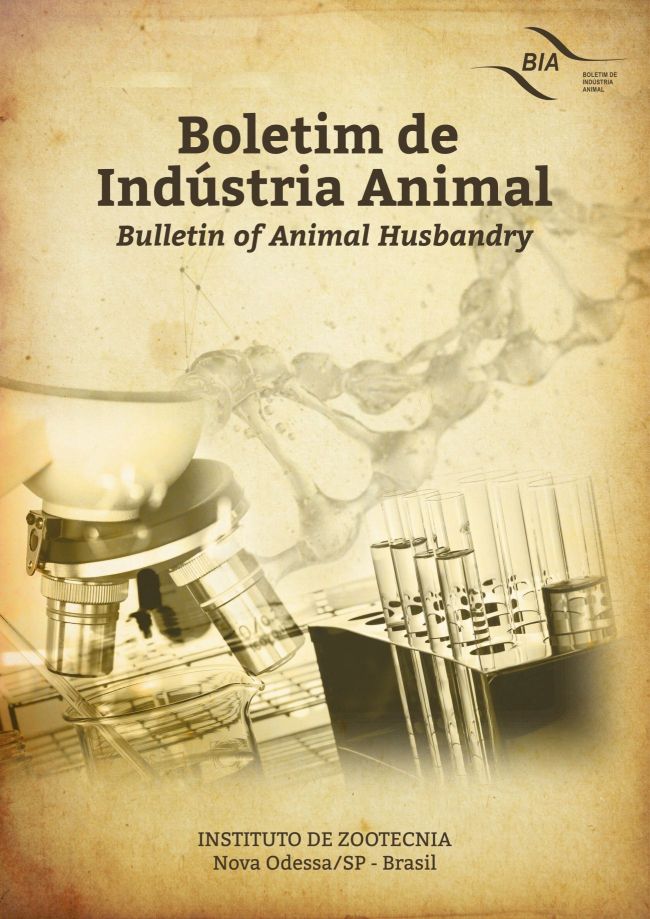Identification of sulfonamides in commercial honey
DOI:
https://doi.org/10.17523/bia.2020.v77.e1476Keywords:
antibiotics, ELISA, food safetyAbstract
The contamination of honey, bees and hives are being an issue for discussion and critics from all communities, especially in tropical countries where due to hot climate conditions and higher tendency to food contamination the use of agrochemicals in agriculture systems are intense, as well as the use of antibiotics and food preservatives. In this work, a commercial kit for identification and quantification of sulfonamides (antibiotic class) in honey collected from local markets was used. Two samples of labeled organic honey were spiked with sulfonamide to validate the assay. Twelve commercial samples were analyzed and eleven presented residues of sulfonamides, ranging from 3.46 ug per kg of honey (result of organic sample) to 10.9 ug per kg of honey, from commercial honey. The method presented correlation of 0.92 (r); and specificity of 0.1 ug per kg of honey. The recovery tests using spiked samples with 10 and 5 ug per kg of honey , gave the recovery results of 95.5% and 82.0%, respectively. Although the contaminated samples have sulfonamides concentration lower than security limit, the honey analyzed (commercial and organic labeled samples) were no free from sulfanomides, which shows that honey has contamination problems, being anissue for all consumers, which includes children.
Downloads
Downloads
Published
Issue
Section
License
Os autores não serão remunerados pela publicação de trabalhos, pois devem abrir mão de seus direitos autorais em favor deste periódico. Por outro lado, os autores ficam autorizados a publicar seus artigos, simultaneamente, em repositórios da instituição de sua origem, desde que citada a fonte da publicação original seja Boletim de Indústria Animal. A revista se reserva o direito de efetuar, nos originais, alterações de ordem normativa, ortográfica e gramatical, com vistas a manter o padrão culto da língua e a credibilidade do veículo. Respeitará, no entanto, o estilo de escrever dos autores. Alterações, correções ou sugestões de ordem conceitual serão encaminhadas aos autores, quando necessário. Nesses casos, os artigos, depois de adequados, deverão ser submetidos a nova apreciação. As opiniões emitidas pelos autores dos artigos são de sua exclusiva responsabilidade. Todo o conteúdo deste periódico, exceto onde está identificado, está licenciado sob a Licença Creative Commons Attribution (CC-BY-NC). A condição BY implica que os licenciados podem copiar, distribuir, exibir e executar a obra e fazer trabalhos derivados com base em que só se dão o autor ou licenciante os créditos na forma especificada por estes. A cláusula NC significa que os licenciados podem copiar, distribuir, exibir e executar a obra e fazer trabalhos derivados com base apenas para fins não comerciais.













